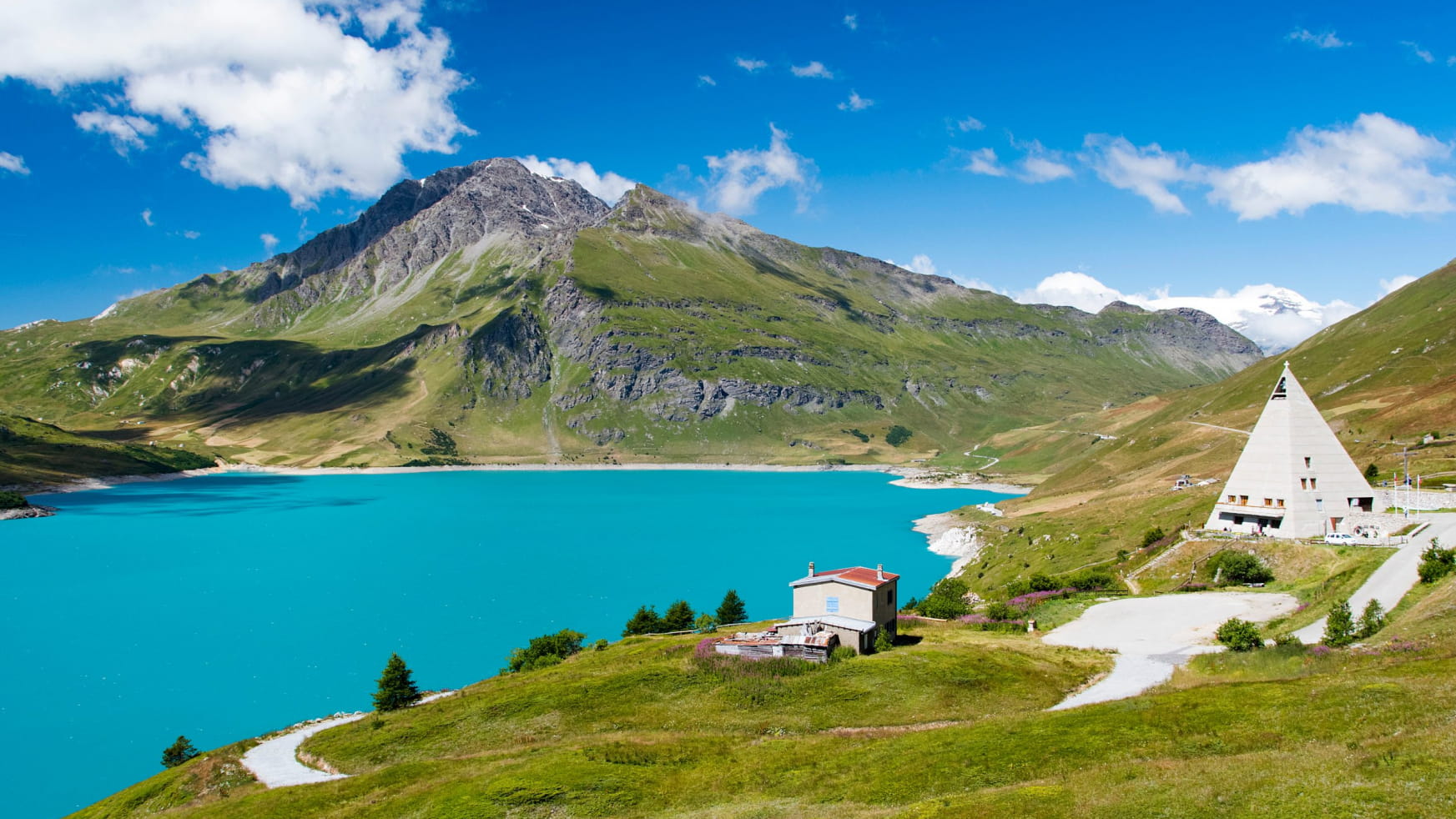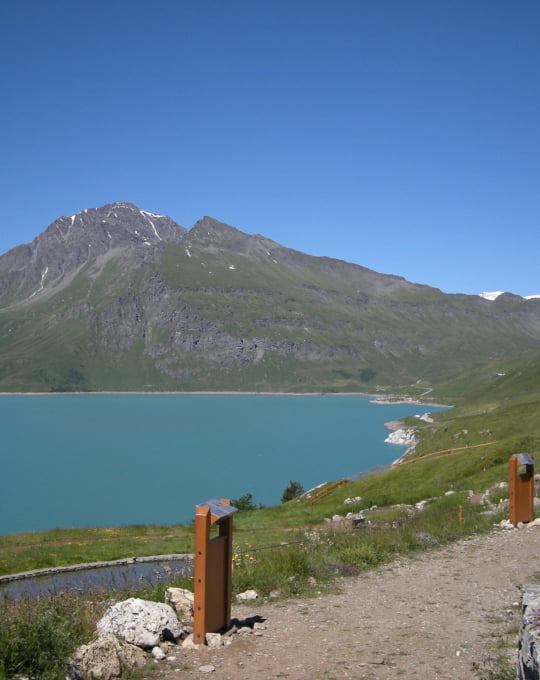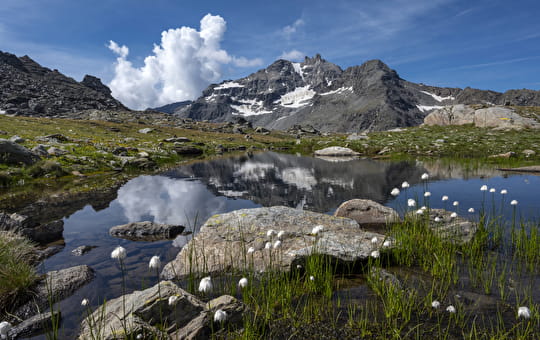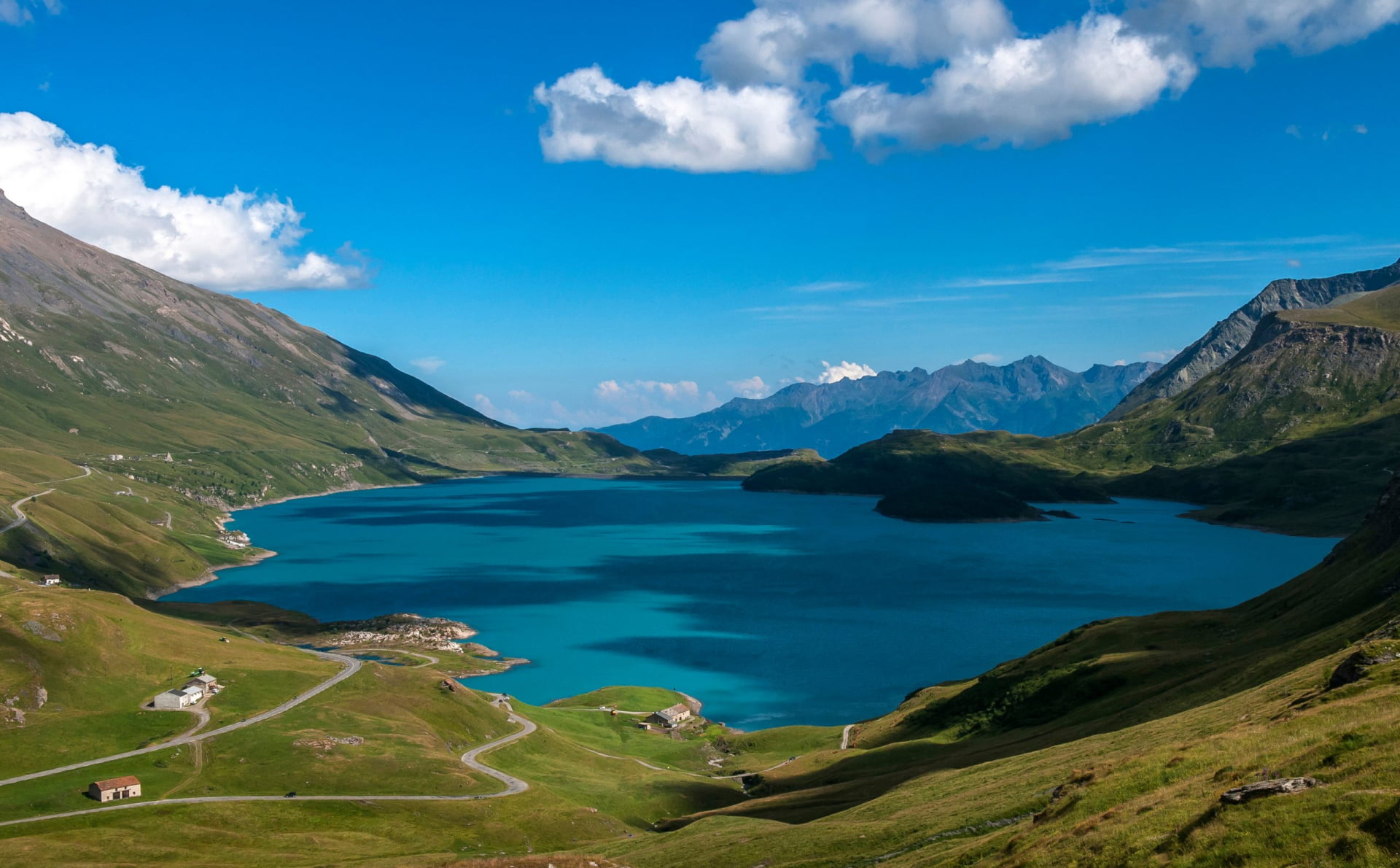Stunning Mont Cenis

A PASS AND ITS WONDERS
ITS PYRAMID
The pyramid here represents Napoleon Bonaparte’s campaign in Egypt. He built the route and had a plan for Mont-Cenis to be a city with 5,000 inhabitants. The site has been a mandatory passageway in the Alps for a very long time.


Some of the illustrious historical figures who have travelled here include Hannibal, Charlemagne, and of course, Bonaparte himself.
The Mont-Cenis Pyramid houses a museum dedicated to the history of the mountain pass.

ITS ALPINE PLANTS
The alpine garden next to the pyramid contains examples of the plants found in the Alps. Mont-Cenis has several native species. There are more than 700 different plants, including the recently discovered Carex glacialis.
In the alpine garden, everything is natural!

A FORT WITH A PANORAMIC VIEW
A 45-minute trek on a trail brings us to the foot of the Fort du Ronce. Sitting 2,286 metres in altitude, the fort began being built in 1877 following a circular layout that gives a great panoramic view of the lake.

LAKE MONT-CENIS
What would Mont-Cenis be without its lake? The natural lake was dammed in 1969, creating a 668-hectare reservoir with 80 km of subterranean tunnels.
A five-hour trek will take you all the way around the lake. The water level fluctuations reveal a few secrets. In early June, when the lake water is low, we can see the old dykes built between 1911 and 1921. .
